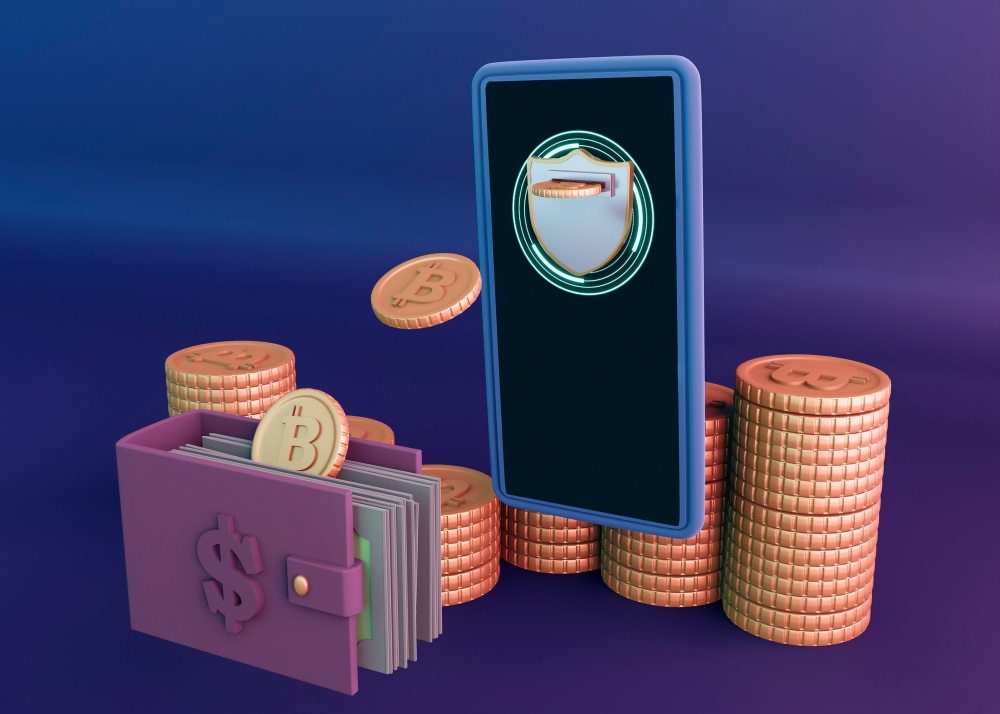Security is one of the biggest concerns in crypto. Many beginners ask: what is a cold wallet in crypto or what is cold wallet in cryptocurrency? In simple terms, a cold wallet is an offline storage solution for private keys. It protects funds from online hacks and ensures long-term safekeeping. Cold storage crypto has become the gold standard for investors, institutions, and businesses that want maximum protection for digital assets.
A cold wallet, sometimes called cold storage crypto, is an offline method of storing cryptocurrencies. Its main purpose is to protect private keys — the cryptographic codes that prove ownership of digital assets by keeping them disconnected from the internet. For a complete overview of what is crypto wallet read our guide.
The cold wallet meaning can be summarized as: maximum security at the cost of convenience. While transactions may take extra steps, the trade-off is unparalleled protection against hackers, malware, and phishing attacks.
Cold wallets are non-custodial by design, meaning users retain full control over their private keys without relying on third parties. Learn more in our guide What is a Non-Custodial Wallet.
Cold wallets function on the principle of air-gapped security. Here’s the process:

This method keeps funds safe while still allowing users to send and receive crypto.
A cold wallet operates on the principle of offline storage, providing an extra layer of security to protect cryptocurrencies from potential cyber threats. The fundamental working of a cold wallet revolves around securely generating and storing the private keys, which are the critical cryptographic codes required to access and manage one’s digital assets.
When setting up a cold wallet, the device generates the private keys in an isolated, air-gapped environment, ensuring they never come into contact with the internet. This isolation drastically reduces the risk of unauthorized access and hacking attempts, as cyber attackers cannot target the keys directly.
Typically, cold wallets come in the form of hardware devices, USB-like devices, or even paper wallets. Once the private keys are generated and stored securely on the device, the wallet can be disconnected from the internet, effectively placing it in a state of cold storage.
When the user needs to perform a transaction, they initiate the process on an online device, which generates the transaction details. These details are then securely transferred to the cold wallet device through methods like QR codes or encrypted communication. The cold wallet verifies the transaction details and signs the transaction using the stored private keys. The signed transaction is then sent back to the online device for broadcasting to the blockchain network.
A cold wallet is essential for anyone who wants to prioritize security in crypto storage. Unlike hot wallets, which stay connected to the internet, cold wallets keep private keys offline. This makes them almost immune to hacking, phishing, and malware attacks.
Cold wallets are especially valuable for:
In short, a cold wallet provides peace of mind and acts as the most reliable form of storage for cryptocurrency.
A common question is cold wallet vs hot wallet — what’s the difference?
Many investors use both: hot wallets for daily activity and cold wallets for long-term storage.
One of the most important choices for crypto users is deciding between hot wallets (online, convenient but less secure) and cold wallets (offline, slower to use but far safer).
| Feature | Hot Wallets (Online) | Cold Wallets (Offline) |
|---|---|---|
| Accessibility | Instant access from any internet-connected device | Access requires physical device or paper, not as fast for frequent use |
| Setup & Use | Easy integration with exchanges, trading platforms, and dApps | Initial setup may require more steps and technical knowledge |
| Convenience | Perfect for daily transactions and active trading | Best for long-term holding, not optimized for frequent transfers |
| Security | More vulnerable to hacking, phishing, and malware | Private keys stored offline, highly resistant to cyberattacks |
| Control | Continuous online monitoring and quick portfolio adjustments | Provides peace of mind knowing funds are isolated from online threats |
| Best Use Case | Small amounts of crypto for daily spending or active DeFi/NFT interactions | Large crypto holdings or savings that require maximum protection |
Pros:
Cons:
Pros:
Cons:
Cold wallets are versatile storage for cryptocurrency, supporting almost any blockchain asset. Major coins like Bitcoin (BTC), Ethereum (ETH), and Litecoin (LTC) are fully compatible, as well as thousands of tokens.
This versatility makes a cold wallet an all-in-one solution for safeguarding a diverse portfolio offline.

There are several forms of cold wallet crypto storage, each with its own level of security, usability, and target audience.
Hardware wallets are the most popular form of cold storage. Devices like Ledger Nano X or Trezor Model T generate and store private keys on encrypted chips, ensuring they never touch the internet. Users connect the wallet briefly to sign transactions, but the private keys remain isolated. Hardware wallets are ideal for both individuals and businesses who need secure, user-friendly solutions to manage multiple assets.
A paper wallet is one of the simplest types of cold wallet storage. It’s a physical document containing a public and private key, often represented as QR codes. While it’s immune to online hacks, paper wallets are fragile and can be lost, stolen, or damaged by fire and water. They are best suited for long-term holding when the user does not need frequent access to funds.
Deep cold storage takes security a step further. Here, private keys are stored in highly secure physical locations such as bank vaults, safe deposit boxes, or even hardware locked in undisclosed facilities. This method is commonly used by institutional investors, custodians, and crypto funds managing large sums. The trade-off is convenience: retrieving assets from deep cold storage can be slow and requires strict operational procedures.
Air-gapped wallets, sometimes called sound wallets, are created on devices that have never been connected to the internet. Transactions are transferred using methods like QR codes, USB drives, or even microSD cards. Because the device remains permanently offline, these wallets provide maximum isolation from malware or network-based attacks. They are suitable for users with high-value holdings and advanced security needs.
Offline software wallets are apps installed on a computer or mobile device that stays permanently disconnected from the internet. This creates a flexible form of cold storage — users can generate multiple wallets, manage assets, and sign transactions offline. However, the device must remain air-gapped to maintain security. If it is ever connected to the internet, the cold wallet setup is compromised.
For a broader look at all wallet categories, including hot wallets, DeFi wallets, and multichain wallets, see our full guide: Types of Cryptocurrency Wallets in 2025.
While cold wallets are considered highly secure, they are not 100% immune. Risks include:
Still, compared to hot wallets, the risk is drastically lower. Most hacks happen due to human error, not because of the device itself.
Cold wallets significantly reduce exposure to cyberattacks, but the broader question of whether wallets could evolve into universal authentication tools is also relevant. Read more in our article Will wallets replace passwords?
Setting up a cold wallet might feel intimidating at first, but it’s a straightforward process if you follow the steps carefully. Here’s a detailed guide:

Moving funds into a cold wallet is one of the most important steps in securing your digital assets. The process ensures that your coins are stored offline, safe from hackers or malware. Here’s how to do it step by step:
Key tips when transferring crypto to cold wallet:
No. Trust Wallet is a hot wallet (mobile app). It keeps keys on your phone, not in offline storage.
Yes. Tangem is a smartcard-based wallet that stores private keys offline, similar to hardware wallets.
The “QFS Ledger” is often discussed in forums but isn’t a standard crypto wallet. It’s unrelated to hardware or cold wallets.
Cold wallets are the most secure storage for cryptocurrency, protecting private keys offline and reducing exposure to cyber threats. While they require more effort to use, their security advantages outweigh the trade-offs.
For individuals and businesses seeking reliable solutions, ND Labs offers both white label and custom development to ensure your assets remain safe in the evolving Web3 landscape.